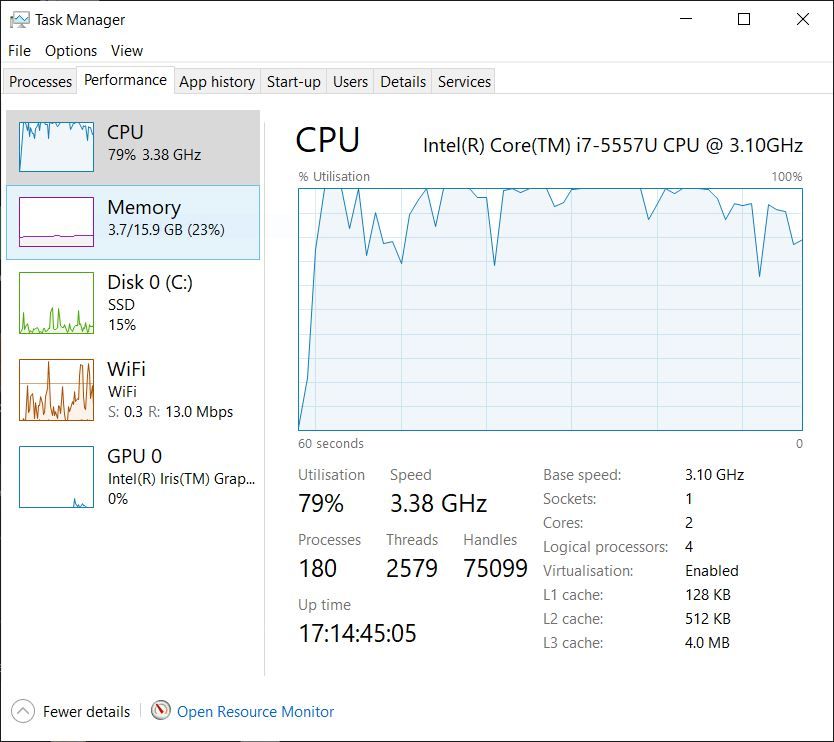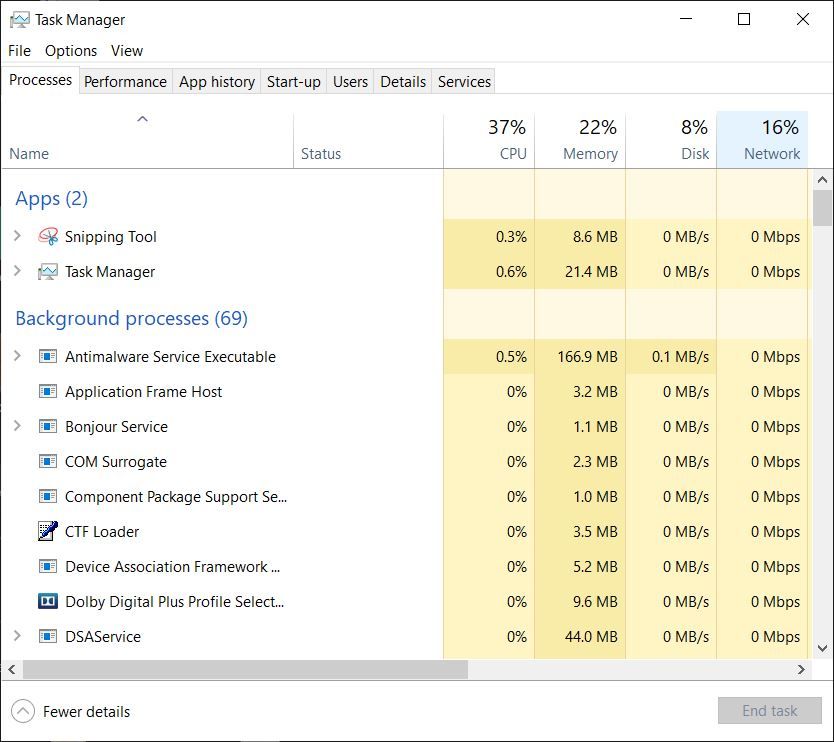Posted by Nigel Graham 2 on 05/05/2021 10:02:08:
…
The same [Not Responding] problem arose briefly yesterday, with my large general-arrangement drawing.
…
So my question…
Is there a definite limit to the size and complexity of a drawing that TurboCAD and the computer can handle?
Or is the problem caused by keeping all the Layers visible when working on any one part of the drawing?
Or something else again?
…
"Not Responding" isn't necessarily a fault, though it often is! Operating Systems expect any program displaying graphics to be interactive, that is 'responding' to inputs such as mouse clicks, mouse movements, and keystrokes. If none are received within a certain time and the program has consumed over a certain number system resources, the Operating System issues the 'Not Responding' warning because the symptoms often indicate a fault. But calculation heavy programs, like CAD, might legitimately exceed the warning limit.
Is there a definite limit to the size and complexity of a drawing that TurboCAD and the computer can handle? Yes. Computers are machines and they can be overloaded. Typical limits are:
- Number of CPUs and their processing speed. (Limits the number of operations per second.)
- Size of Random Access Memory. (Limits the size of programs and data that can be stored in fast memory. Programs and queue if there is insufficient RAM, and when computers spend more time managing queues than doing real work the system grinds to a halt. ) Shortage of RAM is a common cause of poor performance.
- Size of disc storage. (Limits the number of programs and the total amount of storage available. Rule of thumb, filesystems more than 80% full, or fragmented, also slow down dramatically. Although Microsoft's NTFS is much less likely to fragment than early filesystems like FAT, it's worth checking periodically)
- Network Capacity. (Limits how quickly the computer can exchange data with other computers, again causing queues, especially when Windows is upgrading.)
- Graphical Processing Unit. (Limits how fast graphics can be manipulated and displayed. Older computers may not have a GPU, in which case graphics are part of the CPU load.)
Windows provides a tool for investigating these. Whilst 'Not Responding', type the CTRL-ALT-DELETE keys together, and select 'Task Manager' from the resulting Window.
The 'Processes' and 'Performance' tabs are interesting. Fired up my Windows laptop this morning and it was a bit sluggish; task manager revealed CPU running at 100%, shown here dropped to 79% because I was so slow getting the screenshot tool to work! Memory, Disc, Wifi, and GPU are all fine, though the SSD (15%) is a little high considering I'm not doing anything!

The process screen showed the culprit, though I was too slow taking the screenshot to catch it for you!

The guilty program was the 'Antimalware Service Executable', turning on Windows triggered an antivirus scan which took most of the computer power for as long as it took to scan the hard disc. There are a number of resource greedy programs that can fire up in background and slow everything down. 'Not responding' might be due to one ore more of these colliding with TurboCAD. A new computer with 4 or more fast CPU cores, 32Gb RAM, a big SSD and a quick network will cope much better than a 15 year old clunker with 2 slow CPU cores, 4Gb RAM, a full slow hard drive, and dial-up networking.
Software bugs also cause 'Not Responding', maybe TurboCAD is poorly. But check what Task Manager says first – nothing worse than spending days debugging software only to find the hardware was too small!
Task Manager might reveal unnecessary services running, including malware. One of Windows security shortcomings is how easy it is for owners to accumulate rubbish – by making stuff easy, it opens the door to unwise operator decisions. As some malware works simply by soaking up resources, as does running a horde of unnecessary services and Start-up programs, it's a good idea to spring-clean Windows periodically.
Dave






